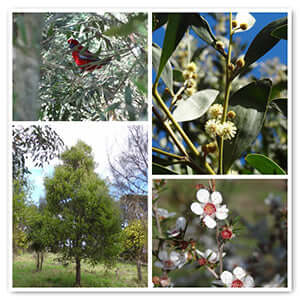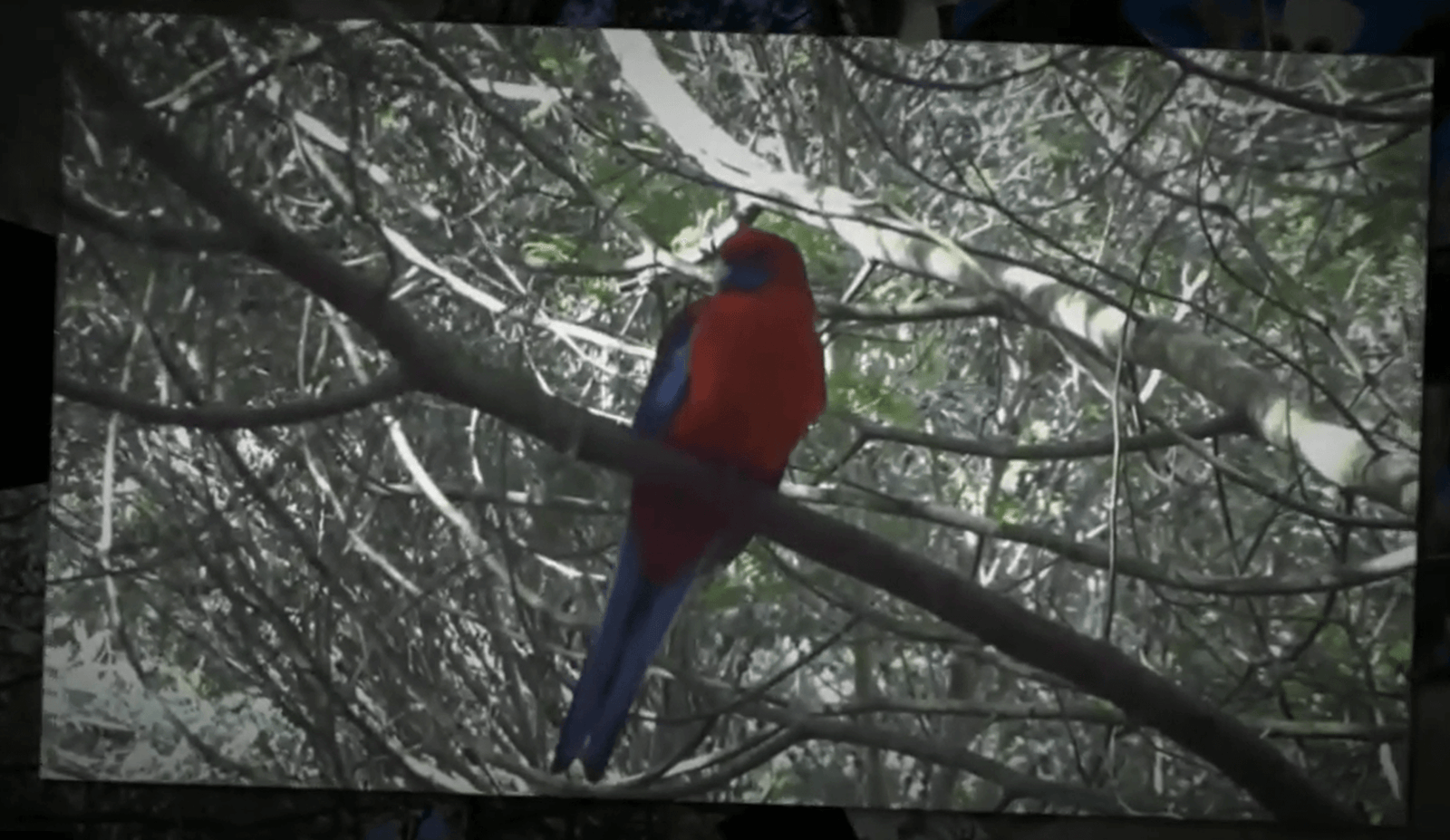Restoring Habitat For Native Wildlife
It's hard to think that only in 2007 this place was just an empty field, cleared for grazing many years before that. When Parks Victoria approached Greenfleet to revegetate this site, the aim was to provide habitat for native wildlife by connecting patches of remnant bushland.
Today the forest harbours countless number of insects, birds and marsupials. When wandering through, our Forester Eoghan spotted at least nine different species of native birds and evidence of wombats and wallabies living amongst the trees which now reach up to 12 metre in height.
The native forest also provides great value in protecting the Riparian Scrub, a native vegetation type (or EVC) listed as vulnerable in Victoria1.
Ecological Vegetation Classes (EVC) are the standard unit for classifying vegetation types in Victoria,. EVCs are described through a combination of floristics, lifeforms and ecological characteristics, and through an inferred fidelity to particular environmental attributes.
Riparian Scrub grows along streams, creeks, rivers and around other water bodies such as lakes, lagoons and wetlands. Riparian Scrub, as the name suggests, is dominated by ‘scrub’ species. This native vegetation community is important because healthy streambanks and Riparian Scrub increase habitat for fauna and improve water quality by reducing runoff.
Join us for a virtual visit of Greenfleet's native forest planted in the Waratah Bushland Reserve in 2007, and observe the beautiful transformation and regeneration that occurred:

Location Size
5.5 ha in South East Gippsland
Planting Dates
2007
Species
- 10 native species planted
<< Back to the interactive map
1 scource: http://www.depi.vic.gov.au/environment-and-wildlife/biodiversity/evc-benchmarks



